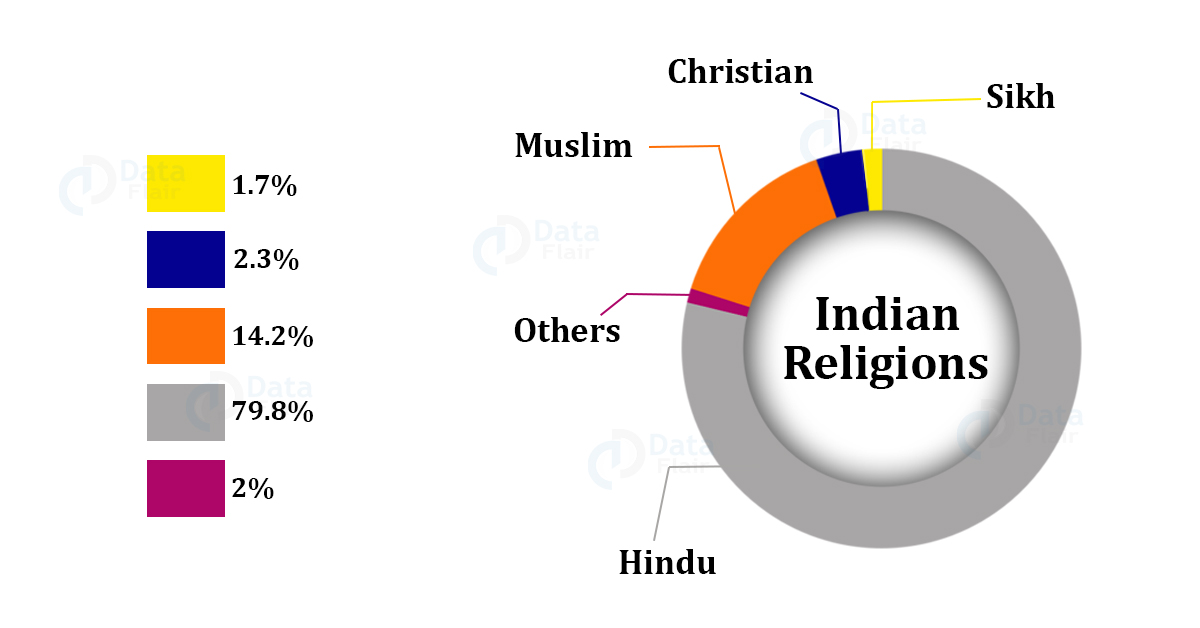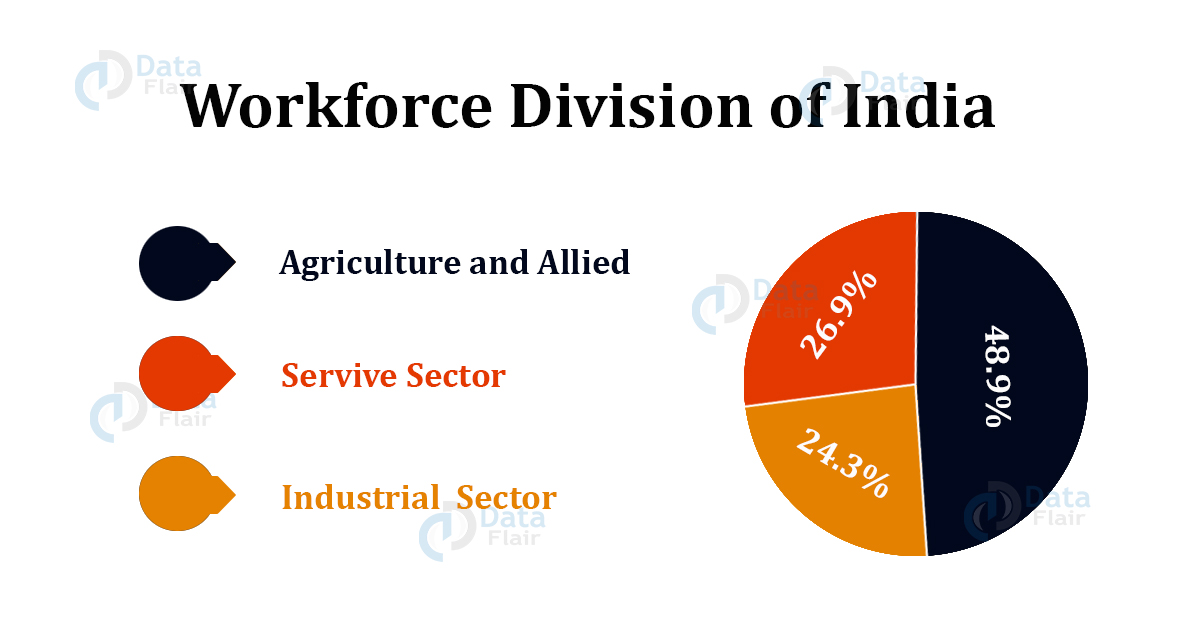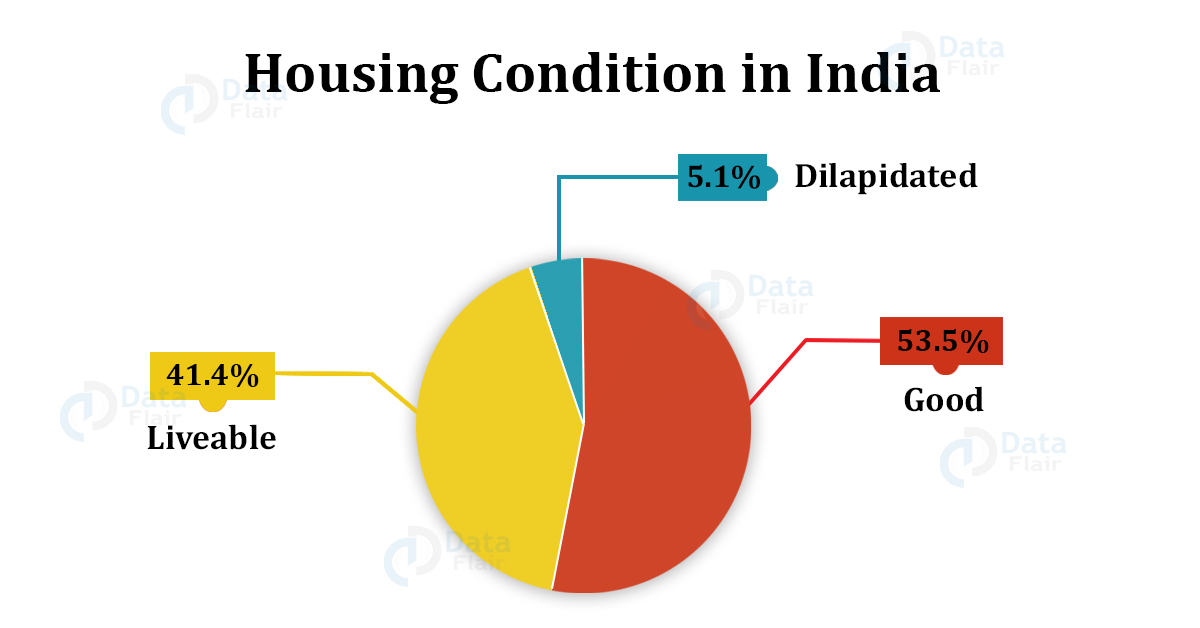Indian Census 2011
Are you ready for UPSC Exam? Check your preparation with Free UPSC Mock Test
What is Indian Census?
The Indian Census is the source of information related to different characteristics of citizens of India. Some of the main topics that census cover are – demographics, household characteristics, economic characteristics, educational characteristics, religion and caste, migration, and much more.
These are some fundamental topics asked during the survey. It is the most credible and reliable source of information about the country. This data helps the government to formulate policies and schemes for the country.
The Registrar General and Census Commissioner of India is the in-charge of this survey. It comes under the Ministry of Affairs. The first census took place in 1951 after passing of Census of India Act, 1948.
How is the Census of India conducted?
The Census of India uses the primary data collection method. It involves enumerators visiting each and every household to collect the data. A Census uses a questionnaire for individuals with questions related to different topics.
The identity of the individual remains confidential and is not accessible to anyone. The census covers National Population Register as well. It collects basic residential details about the people of the country. It provides Indian National status to the citizens.
Census of India – 2011
It was the 15th census which took place in 2 phases. The House Listening phase with national population register and the Population Enumeration.
The Registrar General and Census Commissioner of India was CM Chandramauli for 2011. The data collection was done using 16 languages with manul for 18 languages. The motto for the year was “Our Census, Our Future”. The 2011 Census of India covered –
Administrative Units
There are 28 states and 8 union territories in India. All of these are divide into districts. According to the data, there are 640 districts, 7,933 towns, and 6,40,930 villages. Thane district in Maharashtra is the most populated district while Dibang Valley in Arunachal Pradesh is the least populated district.
The population living the villages are considered as part of the rural population. Villages in rural areas are the lowest administrative units and towns in urban areas.
Area And Population
3,287,240 sq.km is the total geographical area of India. The total population of the country is 1,21,05,69,573 out of which 51% are male and 48% are female and around 4.48lakhs transgender. This is the first time when the census counted the transgender population. India has 17.5% of the world population.
The population increased by 17.64% from 2001. Uttar Pradesh again is the most populous state of India with 199,281,477 people living in the state. Then comes Maharastra, Bihar, and then West Bengal. Sikkim is the least populated state.
In the case of Union Territories, Delhi is the most populated while Lashsyadweep is the least populated territory. 833,087,662 ( 69% ) is the total urban population while 377,105,760 is the total rural population. 37.8% of the total population are migrants.
The most densely populated state is Bihar and the least is Arunachal Pradesh. The schedule caste is 16.6% and the schedule tribe is 8.6% of India’s population. The disabled population of India was 2.21% of the total population.
30.4% of the population was under 14 years of age. While 64.43% of the population was between 15 – 64 years of age.
Gender Composition
The sex ratio is the division of the number of females to the number of males. The differences can be because of many reasons like – mortality rate, migration, birth ratio, or undercounting during the survey. The sex ratio according to census 2011 was 940 females/1000 males.
The highest sex ratio was in Kerala while the lowest was in Haryana. The child sex ratio was 919 females/ 1000 males declining from 927 in 2001. It was 923 in rural and 905 in urban areas. 95% of women got married 25 years of age while for the same percentage of men the age was 32.
Literacy and Level of Education
According to the Government of India, anyone above age 7 who can read and write is literate. It is the indicator of the level of development in society. The census revealed that 74.04% of the total population is literate which 10% more than the last census.
80.89% are male literate while 64.64% were female literate out f the total population. Kerala again topped the chart with a 94% literacy rate while Bihar was the last with 63.82% literacy rate. The rural population saw a 67.77% literacy rate while the urban population saw 84.11% literacy rate.
Religion
The data on this topic came out in 2015. The major religious community recognized were – Hinduism, Islam, Christianity, Buddhism, Zoroastrianism, Sikhism, and Jainism. While the Hindus are in the majority, others are minorities in the country.
The Hindus dominated the population with 79. 85% while the Adivasis were 0.9%. The population division was Hinduism – 79.80%, Islam – 14.23%, Christianity – 2.30%, Sikhism – 1.72%, Buddhism – 0.70%, Jainism – 0.37%, and Adivasi – 00.9%.
Economic Activity
The total working population of India is 47.41 crore. Out of these rural workers were 33.69 crores and 13.72 crores were urban workers. The women contributed 25.5% to the total workforce. The largest part of the population worked in the agriculture and allied sector ( 23.18 Cr ) followed by the industrial sector ( 11.50 Cr ) and the service sector ( 12.73Cr ). The unemployment rate was 3.8% in 2011.
Housing
The data covered 24.67Cr households in India. While, the rural households were 68%, 32% were urban households. 86% of the households lived in an owned house. 55% of the total households live in a pucca house according to the 2011 data. The condition of the housing was divided into 3 categories – Good – 53.5%, Liveable – 41.4%, and Dilapidated – 5.1%.
Why is the Indian Census Important?
It is the most credible source of information. As a result, the government uses this data to formulate schemes and programs for the development of the country. It is reliable as a proper survey is done every 10 years. From medical schemes to housing schemes, all are formed keeping this data n mind. This is the only primary data that covers each and every aspect of the country.
Conclusion
The next Indian Census will take place in 2021. However, All the competitive exams like UPSC, RRB, Banking, etc. always ask about this topic. Every year questions are there from this content. The Indian census is an important part of the country and the future government officers should know about it.
Your 15 seconds will encourage us to work even harder
Please share your happy experience on Google





